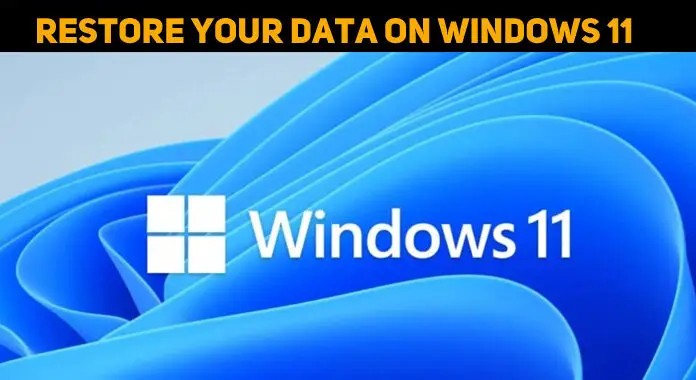
What is group policy? What can I change with it, to what extent? How can I access it and as a summary what exactly are my access rights there and when do I have to use it?
Group Policy – explanation, definition and rights

Group Policy is a feature of the Microsoft Windows NT family that controls the working environment of user accounts. It provides configuration of windows operating system. Group policy is often used to restrict users from using certain applications.
Within the group policy window, there are two basic components that can be observed. They are Computer Configuration and User Configuration. Administrator use the computer configuration window to manage settings regardless of the computer login i.e. it remains same for all users. In the user configuration node, administrator changes the settings for type of login accounts. In both the configuration mode, the software settings, windows settings and administrative templates are there. In the windows settings option, there are option to change the security settings and internet explorer settings. In the administrative templates there are options to change: control panel, start menu and taskbar, shared folders, windows component, network and system.
The easiest way to handle group policy is to go to windows start button and click on “RUN”. Type in the box gpedit.msc. You will be able to see the policy editor window. The administrator has the right to allow or deny users from using applications.
Group Policy – explanation, definition and rights

In Microsoft Windows, the “Group Policy” is a hierarchical infrastructure that lets network administrator in charge of the Microsoft Active Directory to apply particular configurations for users and computers. It can also be used to define security, user, and networking policies at the machine level. The Group Policy permits administrators to define or outline options for what users can do on a network.
This includes what files, folders, and applications they can access. GPOs or Group Policy Objects are the collections or set of user and computer settings. This is managed from a central interface called “Group Policy Management Console.” The Group Policy Editor is a tool that allows administrators to manage policy settings in MMC or Microsoft Management Console snap-ins.
It is included in all versions of Microsoft Windows Server since Windows Server 2003. The GPOs or the Group Policy Objects store the policy settings set by the administrator using the Group Policy Editor. These settings will not take effect until the system applies them. Extensions that work with the Group Policy Editor include software installation, Administrative Templates, Security Settings, and remote installation services.
If you want to access the Group Policy Editor on your computer, press the Windows key + R to bring up the Run dialog then type without quotes “gpedit.msc” then hit Enter or click “Start” then in the search box type without quotes “gpedit.msc” then click “gpedit.msc” on the results.












